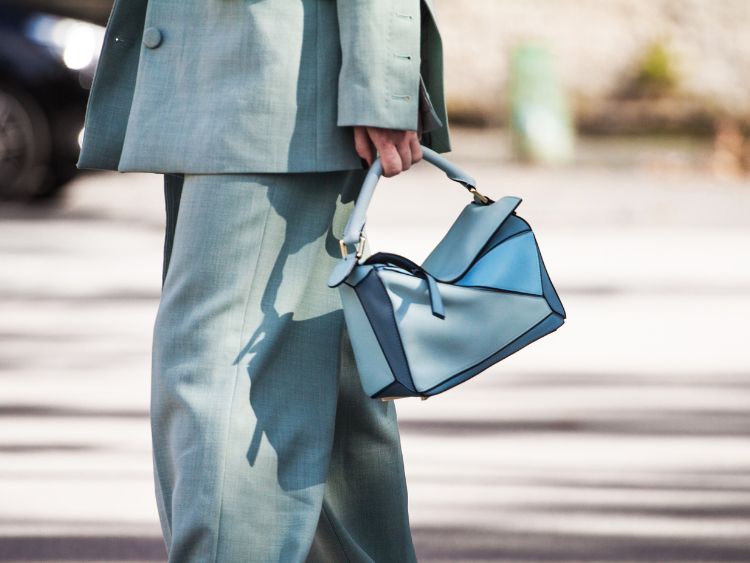What Does It Mean to Be a Fashion Designer?
In a world filled with diverse styles and aesthetics, fashion designers hold the power to shape trends, define cultures, and influence global tastes. But what exactly does a fashion designer do? At its core, fashion design is about much more than creating clothes. It’s an art form, a way of expression, and a business rolled into one. Whether you’re dreaming of runway collections or ready-to-wear masterpieces, understanding what it takes to be a fashion designer is key to making your mark in the fashion industry.
Fashion designers are the architects of style, blending creativity with practicality. They conceptualize new clothing, footwear, or accessories and bring them to life through sketches, fabric selection, and sewing techniques. In short, they’re the masterminds behind the trends we love (or loathe). But the road to becoming a fashion designer isn’t just about knowing how to sew; it’s about innovation, grit, and staying ahead of ever-changing fashion tides.
The Role of a Fashion Designer
Being a fashion designer is a multifaceted role, combining artistic vision with practical skills. Designers aren’t just sketching pretty outfits; they’re responsible for making those designs marketable and wearable. Here’s a breakdown of their key responsibilities:
- Concept Development: Designers must keep their fingers on the pulse of trends. What’s in? What’s out? What colors and patterns will dominate next season? They must anticipate the market’s needs and develop unique concepts that resonate with their audience.
- Sketching and Design: This is where the creativity flows. Designers sketch their ideas by hand or using digital tools, outlining every detail from neckline to hem. These sketches become the blueprint for the clothing.
- Fabric Selection: Fashion designers have an eye for materials, understanding how different fabrics will look, feel, and drape. Selecting the right fabric can make or break a design.
- Prototype Creation: Once a design is sketched, it’s time to create a prototype or sample. This hands-on process helps designers tweak and perfect their vision before mass production.
- Collaboration: Designers don’t work in isolation. They often collaborate with other designers, seamstresses, pattern makers, and even marketers to bring their vision to life.
- Brand Building: Many designers create their own fashion labels, which means they also need to think about branding, marketing, and customer engagement.
The Journey to Becoming a Fashion Designer
So, how do you become a fashion designer? While some people are born with a natural talent for style, becoming a successful designer usually requires formal education, experience, and dedication. Here’s a roadmap for aspiring designers:
- Get Educated: While a degree isn’t always necessary, many successful designers have formal training. Studying fashion design, textiles, or even marketing can provide the skills needed to thrive in the industry. Some top schools offering fashion design programs include Parsons, the Fashion Institute of Technology (FIT), and Central Saint Martins.
- Build a Portfolio: Your portfolio is your calling card. It’s what potential employers or investors will look at when considering whether to take a chance on your designs. A strong portfolio showcases your skills, creativity, and versatility as a designer.
- Intern and Network: The fashion world thrives on connections. Interning with established fashion houses or brands allows aspiring designers to gain hands-on experience and build a professional network.
- Stay Updated on Trends: Fashion changes fast. Designers need to stay ahead of the curve by keeping tabs on the latest trends in fabric, color palettes, and silhouettes. Following fashion weeks, attending trade shows, and reading fashion magazines can help.
- Experiment and Innovate: Fashion thrives on innovation. Don’t be afraid to push boundaries with your designs. Fashion is about making statements, and sometimes the most daring designs are the ones that make the biggest impact.
Skills Every Fashion Designer Needs
Being a successful fashion designer requires more than just a good eye for style. Here are some must-have skills:
- Creativity and Artistic Ability: Fashion designers are artists. They must be able to think outside the box and push creative boundaries.
- Technical Skills: Understanding garment construction, pattern-making, and textiles is crucial. Designers often need to be hands-on in the creation of their prototypes.
- Attention to Detail: The smallest design choices can have a big impact. Precision is key when it comes to elements like stitching, fit, and finishing.
- Communication Skills: Designers must clearly communicate their ideas to other team members, from pattern makers to marketers.
- Business Acumen: Whether managing a personal brand or working for a large company, understanding the business side of fashion—pricing, marketing, and supply chain logistics—is essential.
FAQs About Becoming a Fashion Designer
- How long does it take to become a fashion designer? Becoming a fashion designer isn’t an overnight process. It typically involves years of education, internships, and experience. While some designers may find success early, most spend several years honing their craft.
- Do I need a degree to be a fashion designer? While not always required, a degree in fashion design or a related field can provide valuable knowledge and open doors to opportunities in the industry.
- What’s the difference between a fashion designer and a stylist? Fashion designers create clothing and accessories from scratch, whereas stylists curate and select outfits, often working with designers’ creations.
- Can I be a successful fashion designer without being able to sew? Though sewing skills can be helpful, many successful designers don’t sew their own pieces. Instead, they work with skilled seamstresses and tailors to bring their designs to life.
- How do I start my own fashion brand? Starting your own brand requires a combination of creative talent, business know-how, and financial backing. It’s important to start small, with a clear vision and brand identity, and slowly build your reputation through high-quality designs and strategic marketing.
The Importance of Sustainability in Fashion Design
In recent years, sustainability has become a major focus in the fashion industry. Consumers are more conscious than ever of the environmental impact of their clothing choices, and designers are responding by adopting eco-friendly practices.
Why Sustainability Matters:
- Environmental Impact: The fashion industry is one of the largest polluters, from water consumption to textile waste. Sustainable fashion seeks to reduce this environmental footprint.
- Consumer Demand: More shoppers are looking for brands that align with their values. Designers who prioritize sustainability can tap into this growing market.
- Ethical Practices: Sustainability isn’t just about the environment; it’s also about treating workers fairly. Ethical fashion emphasizes transparency in the production process and ensures that workers are paid fairly for their labor.
Conclusion: Why Fashion Designers Are the Architects of Style
Fashion designers play a pivotal role in shaping not just what we wear but how we feel and express ourselves. Whether you’re dreaming of starting your own fashion label or working for a top fashion house, being a fashion designer means blending creativity with technical expertise. It’s a dynamic and fast-paced career that requires innovation, attention to detail, and a passion for style. So, if you’re ready to stitch your name into the fabric of fashion history, there’s no time like the present to begin your journey!
Authoritative Links:





